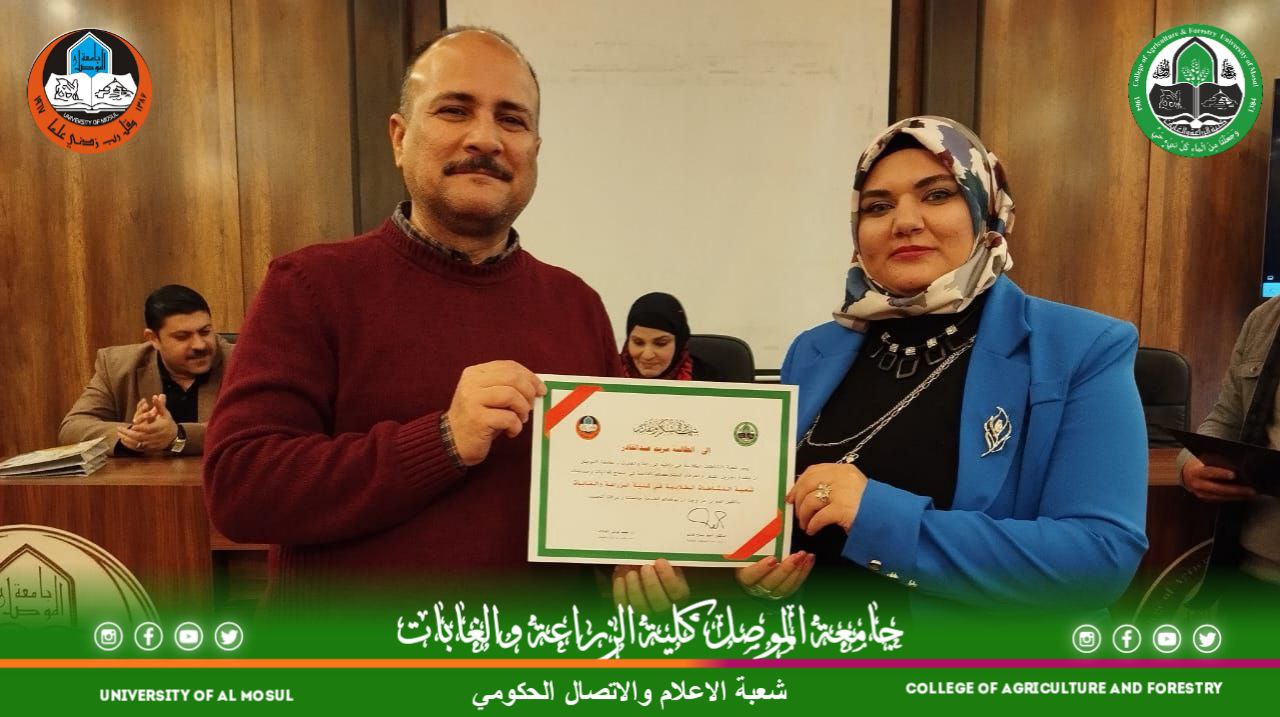Central College Laboratory
The central laboratory was established in the College of Agriculture and Forestry in the year 2010, which is considered one of the pioneering experiments at the university, as it is considered the first specialized scientific laboratory. The laboratory contains modern and advanced equipment of international origin and is managed by specialized professors.
The objectives of establishing the laboratory are as follows:
- Gathering specialized scientific equipment in one place to make the most of them in the service of scientific research
- Maintaining modern scientific equipment through its management and operation by specialized professors and those trained in operation
- Regular maintenance of laboratory equipment and repair of any malfunction that occurs without delay by the laboratory staff
- The accuracy and efficiency of laboratory tests and analyses because they are conducted by professors specializing in all laboratory analysis fields.
Method of work in the central laboratory: –
1- The researcher or graduate student brings the samples to be analyzed to the laboratory, and the laboratory staff receives them and determines the required analyses. An appointment is given for the researcher to review and receive the results.
2- The laboratory staff prepares samples and prepares them for analysis, prepares the required chemical materials, performs full measurements, installs the results on the computer, and delivers the results to the student or researcher printed with tables and signed by the laboratory staff, giving the student the working method used. The scientific sources were approved for the analysis.
3- The student or researcher can learn about the method of analysis or measurement by visiting the laboratory while conducting experiments and benefiting from the experience of the workers in learning how the device works and the measurement methods used.
Laboratory management: The central laboratory is managed by a scientific cadre of experienced professors of various scientific specializations in the fields of (chemistry, biology, water, and food analyses) and is assisted by a middle cadre of bachelor’s and master’s holders.
Central Laboratory Capabilities: The Central Laboratory consists of several departments, and each department contains specialized equipment, as follows:
1- Nucleic acid (DNA) tests laboratory. This section contains all the equipment for nucleic acid tests, such as the polymerase chain reaction (PCR) device with all its accessories, including electrophoresis devices, the Tran illuminator device, centrifuges, sterilization devices, and still water devices. Ionic in addition to primer cooling devices.
2- Ultraviolet-Vis Spectrophotometer Laboratory (UV-VIS Spectrophotometer).
3- Infrared devices (FT-IR) for diagnosing compounds and materials of unknown composition, linked to an advanced computer.
4- Devices for determining protein and nitrogen in plant and animal organic materials and manufactured foodstuffs. It consists of three units (the digestion unit, the distillation unit, and the calibration unit).
5- Atomic absorption device: This device is used to measure all heavy elements and all compounds, geological materials, soil, and water
6- Devices for testing well water, surface water, and wastewater, and devices for measuring biochemical and chemical oxygen requirements (BOD, COD) and determining degrees of water pollution.
7- Devices for measuring dissolved oxygen in water and measuring acidity and salinity
8- Many supporting devices such as scales, ovens, incineration devices, moisture extraction devices, and centrifuges.
9- The possibility of conducting analytical chemical analyses and measuring hardness, cations and anions, and determinations of chlorides and sulfates using traditional chemical methods.

